On the back of New Zealand's $10 note, a native bird gracefully floats on the water.
This is the blue duck, a creature at the centre of Dan Steele's world, both figuratively and literally.
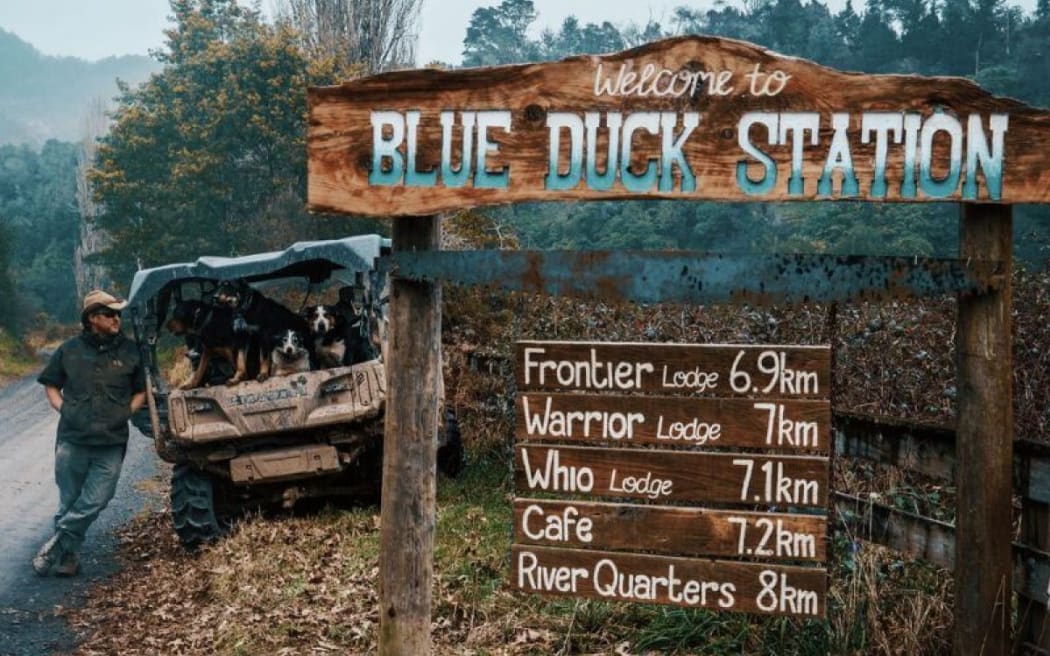
Dan Steele at the start of Blue Duck Station, an hours drive inland from Owhango. Photo: Supplied
Blue Duck Station, situated where the Whanganui and Retaruke rivers converge in the North Island, is not just a working sheep and beef farm; it's a testament to Dan's dedication to preserving history, conserving wildlife, and creating a sustainable future.
It's a bustling enterprise with 6000 sheep, 700 cattle, and a small deer farm. Yet, beyond the daily operations, Dan's true passion lies in the conservation efforts that define the station's identity.
"I think when you're dealing with critical things like water quality and biodiversity, businesses have to take a lot of this on themselves," Dan, owner of the station, explains.
"Farmers own most of New Zealand, so farmers looking after New Zealand is a huge opportunity and is, in fact, very necessary."
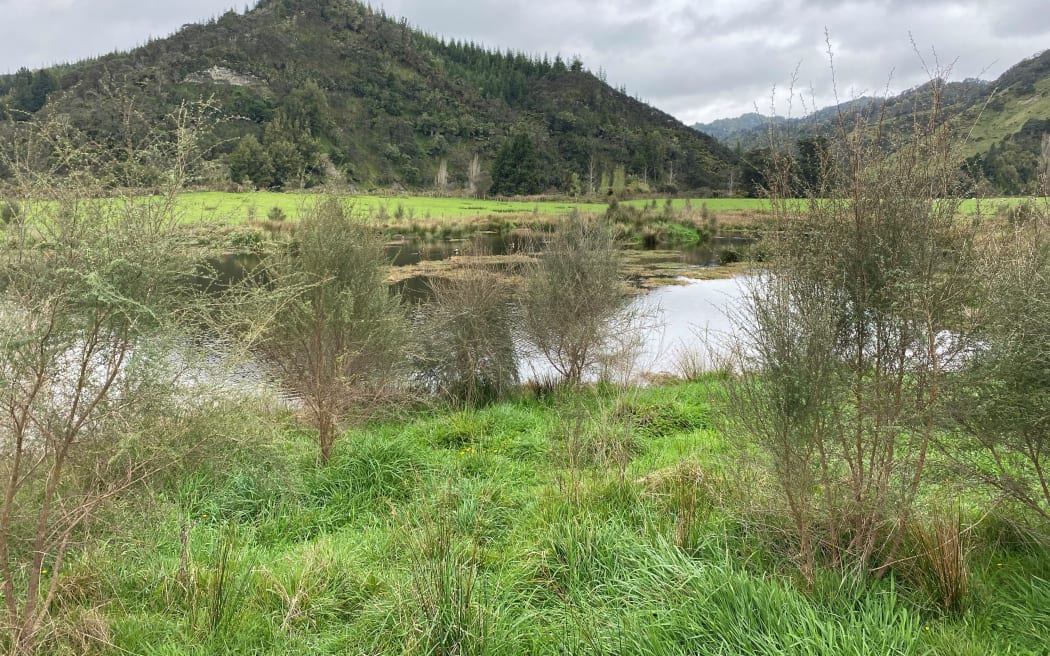
The wetland that Dan has constructed, seen on an stormy spring day. Photo: RNZ/Leah Tebbutt
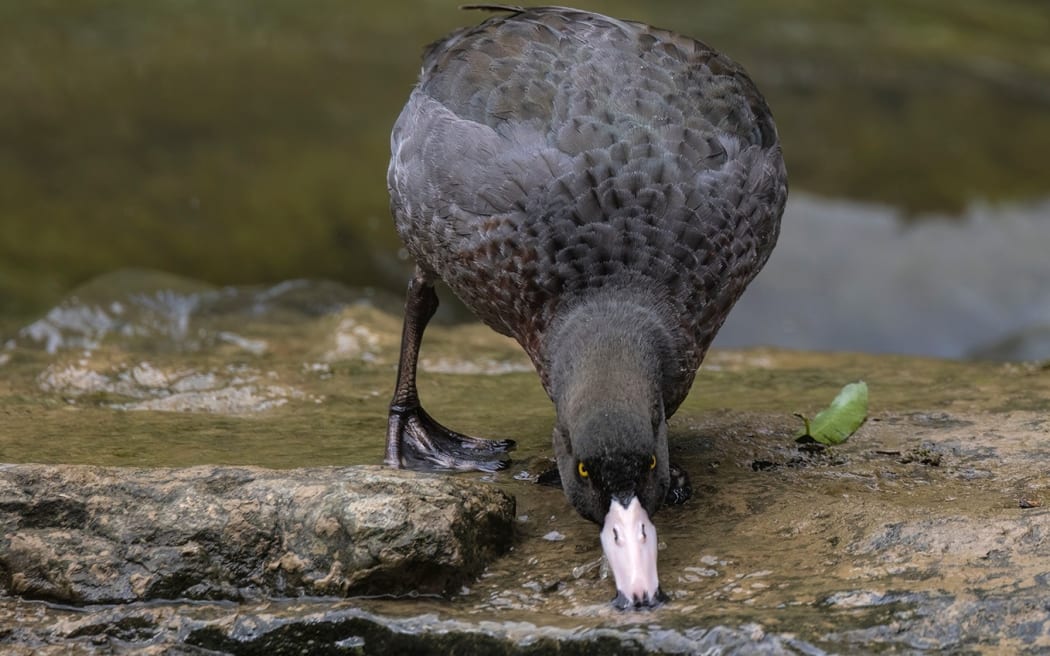
A whio, blue duck. Photo: Supplied
The core of Dan's conservation philosophy revolves around the blue duck itself.
"The thought with the blue duck is if you look after the blue duck, you look after everything," he says.
"You look after water quality and trapping predators; you're looking after everything. If you look after them, you look after everything above as well."
To witness this commitment firsthand, Dan takes Country Life to a newly constructed wetland where Dan's conservation story unfolds.
The air is filled with the sounds of native birds, a testament to the success of the station's efforts in creating a sanctuary for wildlife.
"I love the diversity of the world. Anything that takes away the diversity of the world has to be questioned," Dan reflects.
"So the conservation journey for me is pretty natural. I'm just learning all about these things."
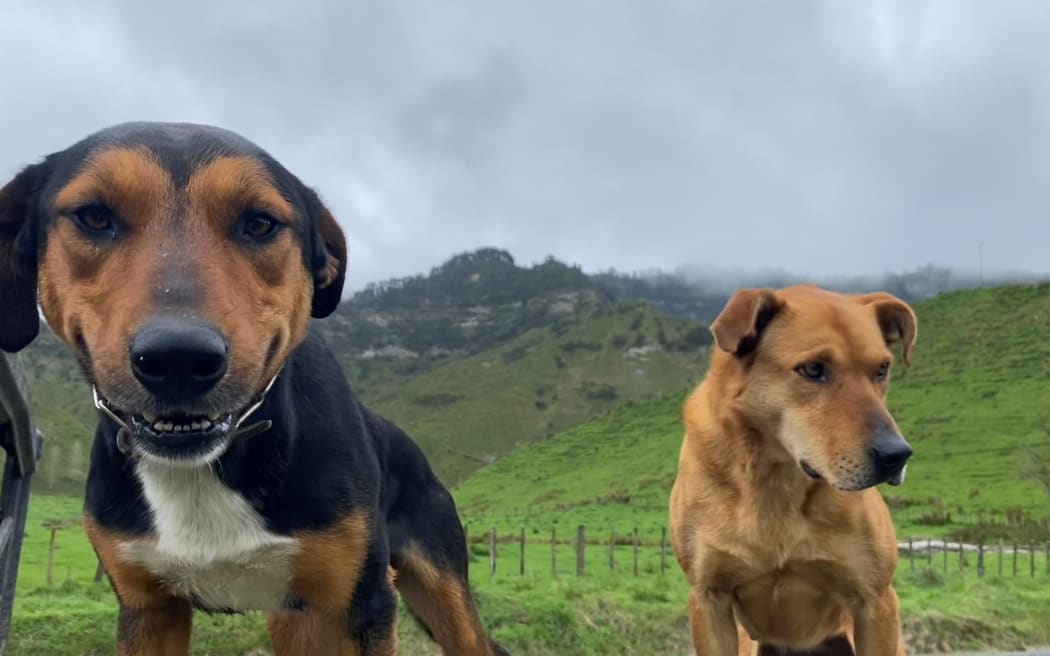
Dan's dogs Bruce and Jinx came along for the adventure with Country Life. Photo: RNZ/Leah Tebbutt
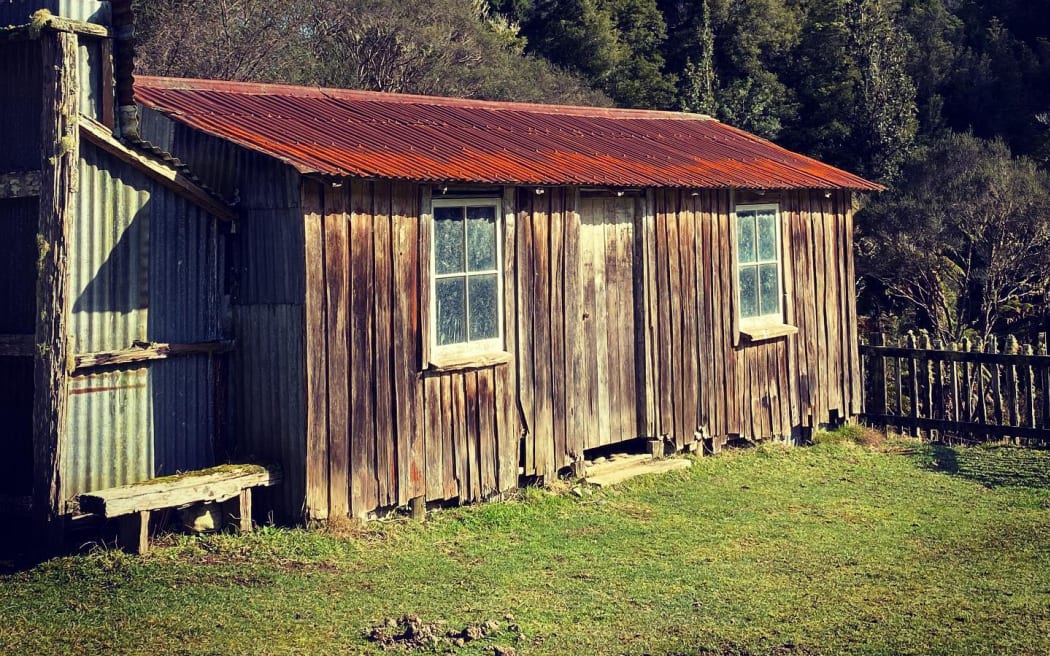
The depot was used to house magazines and other items during the settler era. Photo: Supplied
The history of Blue Duck Station dates back to post-World War I when the land was so formidable that many farmers abandoned their efforts.
Dan, however, saw an opportunity to meld tourism with the working farm to breathe new life into the challenging terrain. Activities such as horse trekking, bush safaris, fine dining, and jet boating have transformed the once-remote land into a thriving destination.
"It was too remote for a lot of people; the land was just too tough to break in and run anything profitably," Dan recounts.
"By 1942, the government said, 'That's enough. We've gone through the big depression, and we've done a few things, but we're not going to keep those roads open anymore. It was a mistake. Please get out.' So the last settlers walked out of here with what they could carry on their backs. And now it just goes down as a piece of New Zealand history."
Tourism became a natural way to diversify the land and showcase its unique attributes. Dan's inspiration came from his travels around the world, realising the potential of sharing the station's story with visitors.
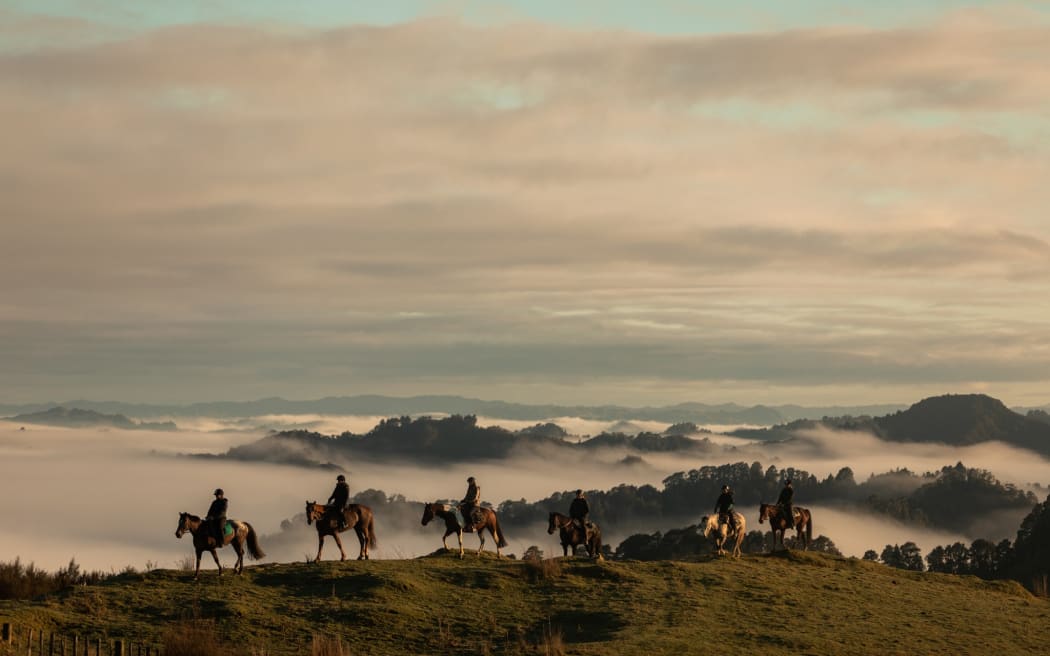
Blue Duck Station offers a range of tourism activities and accommodation. Photo: Supplied
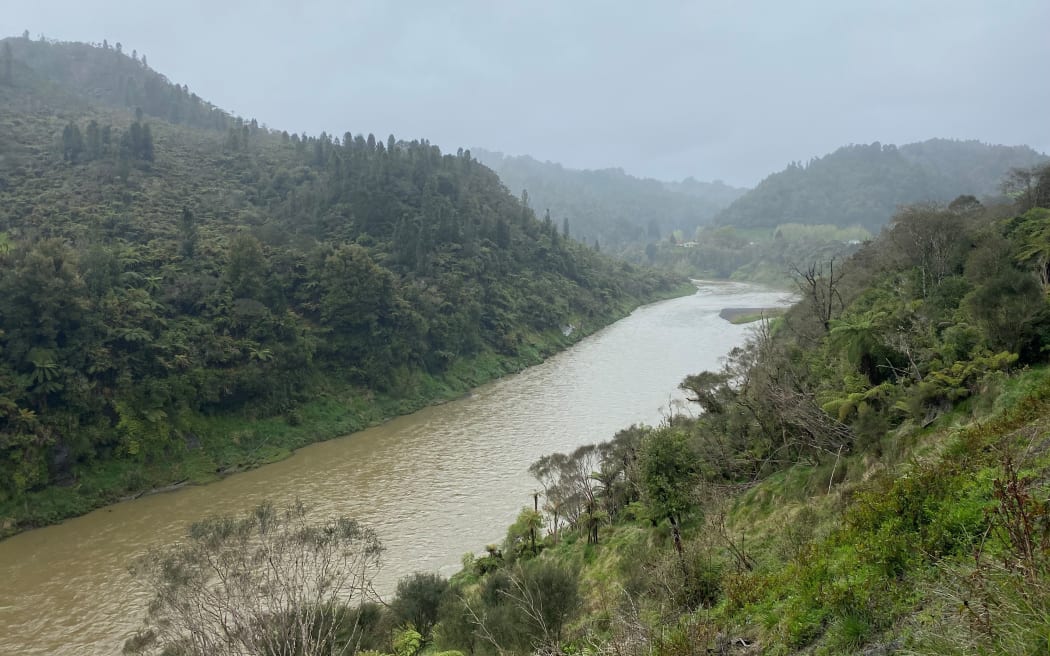
The Whanganui River, and it's National Park, makes up part of the station. Photo: RNZ/Leah Tebbutt
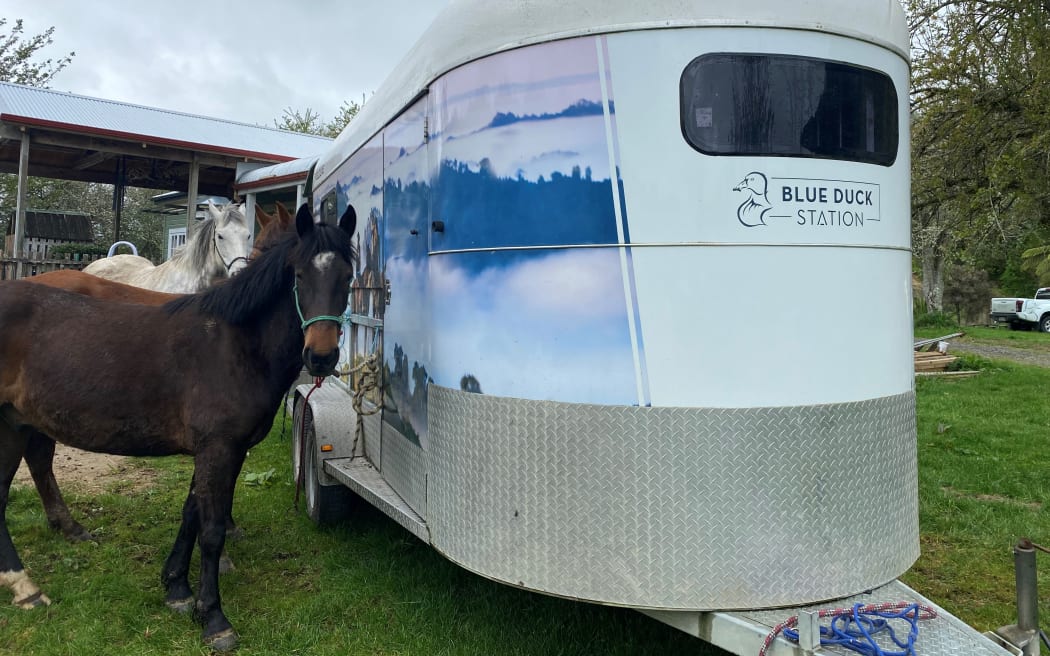
Horse treks are a popular attraction at Blue Duck. Photo: RNZ/Leah Tebbutt
"We've got honey, timber, meat coming off the station, but out here in this sort of environment, it's pretty hard farmland, we need to be able to add value to those," he explains.
"We can use tourism to tell our stories, sell some of our products back to our guests, create our own brand and market, and tie that back into putting some of that money back into Mother Nature, which recreates a cycle again.
"We're making our own place more and more beautiful every year as we go. And inherently, that's going to add more value to what we're doing."


